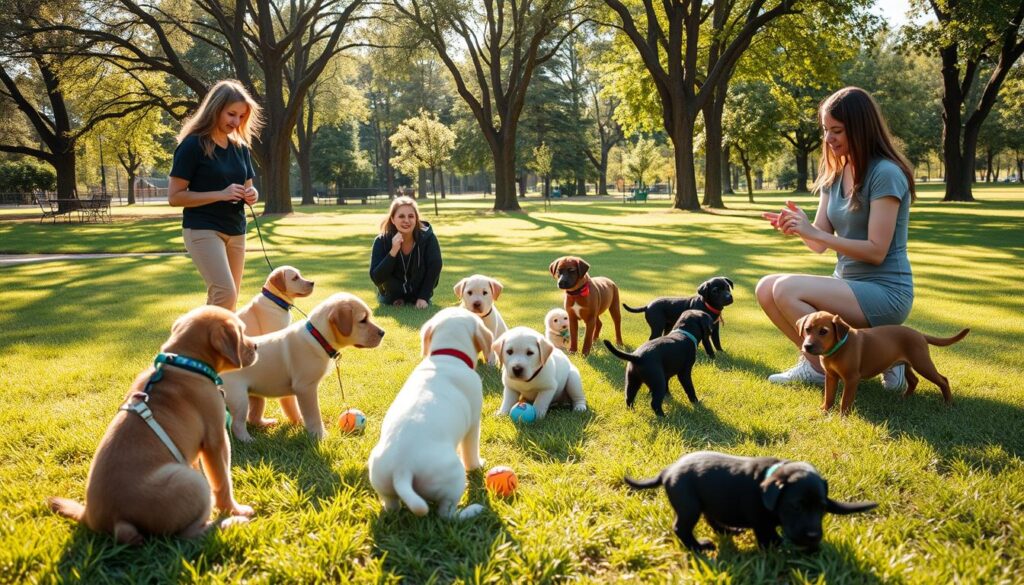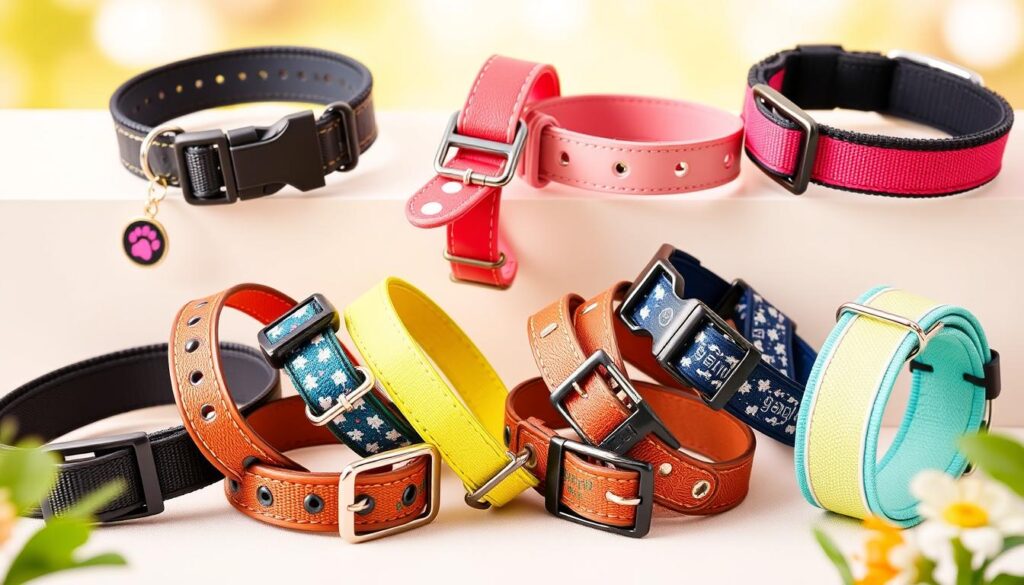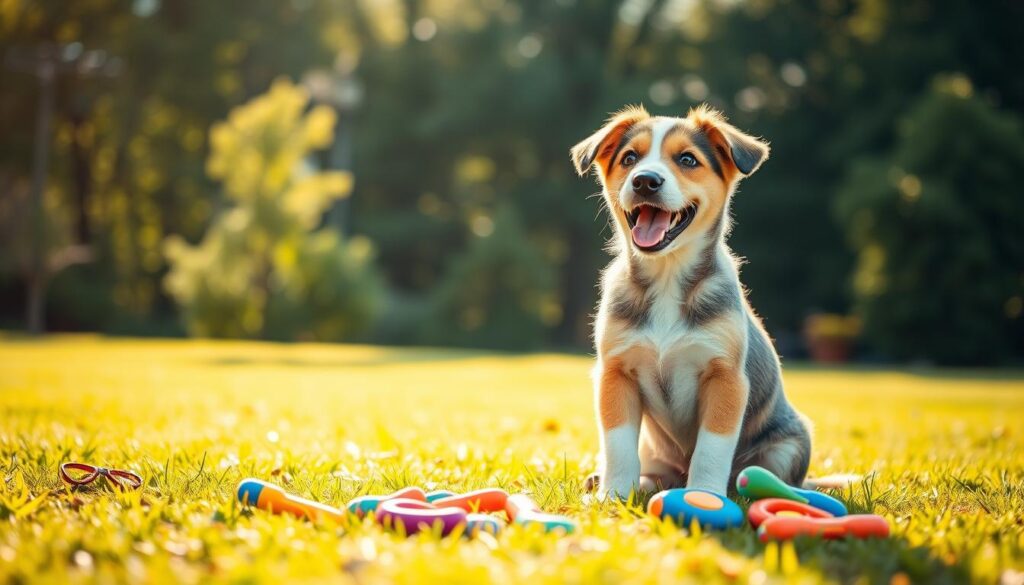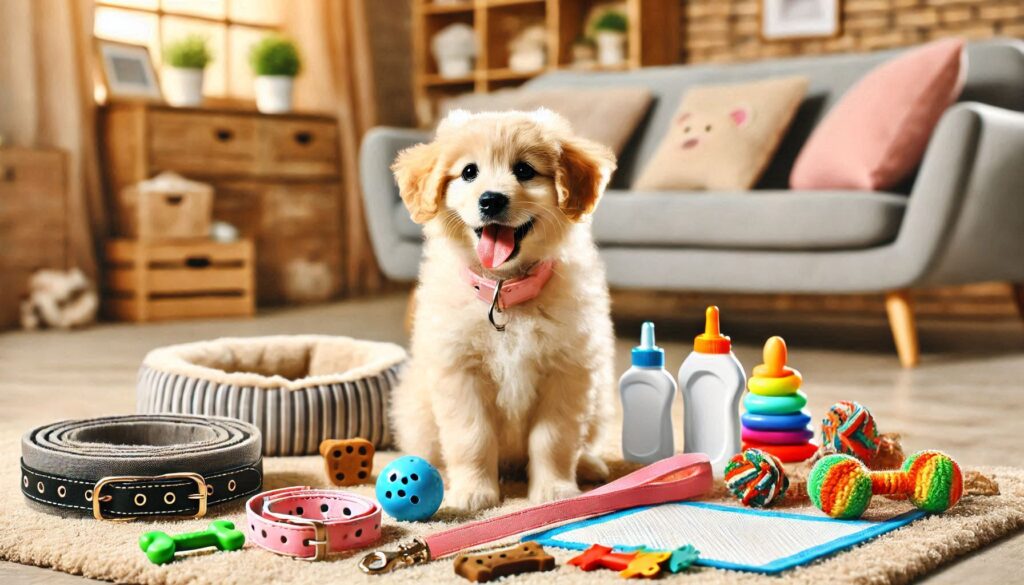Choosing the right collar for your puppy plays a vital role in their training journey. The proper equipment not only enhances the training experience but also ensures your puppy’s comfort and safety. Let’s explore how to select the most suitable training collar for your furry companion.
The Importance of Positive Reinforcement in Puppy Training
Training a puppy is all about building trust and encouraging good behavior. Positive reinforcement methods, like treats and praise, help your pup learn effectively. A well-chosen collar supports these techniques, making training easier and more enjoyable.
Avoiding Harmful Training Methods: The Risks of Harsh Collars

Harsh collars can cause more harm than good, leading to fear or anxiety in puppies. Avoid options like choke or prong collars, which may inflict pain. Focusing on positive tools leads to healthier training outcomes.
Setting Your Puppy Up for Success: The Role of the Right Equipment
The right collar is essential for creating a strong bond with your puppy. It sets the stage for positive experiences during walks and training sessions. Choosing wisely enhances your puppy’s learning and growth.
Understanding Different Types of Puppy Training Collars
Flat Collars: Pros, Cons, and Best Use Cases
Flat collars are the most common type. They are ideal for everyday wear and attaching ID tags.
- Pros: Versatile, widely available, suitable for most puppies.
- Cons: Not effective for training stubborn pups or those that pull.
Best used for dogs that are already trained or for gentle reminders.
Harness Collars: Benefits, Drawbacks, and When to Choose Them
Harness collars wrap around the puppy’s body, distributing pressure evenly. They are great for small breeds and puppies still learning leash manners.
- Pros: Reduces strain on the neck, offers better control.
- Cons: Can be bulky, making it harder to put on.
Choose a harness if your puppy is still developing leash skills or tends to pull.
Head Halters: Effectiveness, Potential Issues, and Proper Application
Head halters fit around the muzzle, gently guiding the dog’s head. They can be effective for training but may require some adjustment for acceptance.
- Pros: Provides strong control, excellent for energetic puppies.
- Cons: Some dogs resist wearing them, needing extra patience.
Best for energetic dogs that need guidance during walks.
Choosing the Right Size and Fit for Your Puppy

Measuring Your Puppy for the Perfect Fit
To find the right collar, measure your puppy’s neck right above the shoulders. Use the measurement to select the proper collar size.
The Impact of an Ill-Fitting Collar on Training and Comfort
An ill-fitting collar can cause discomfort and disrupt training. If too tight, it might choke; if too loose, it could slip off.
Adjusting the Collar for Optimal Performance
Make sure to adjust the collar to fit snugly but comfortably. You should be able to fit two fingers between the collar and your puppy’s neck.
Material Matters: Collar Durability and Puppy Safety
Nylon Collars: Advantages, Disadvantages, and Longevity
Nylon collars are lightweight and available in many colors. They are easy to clean but can wear out quickly with regular use.
Leather Collars: Classic Choice, Considerations, and Maintenance
Leather collars offer durability and style. They require some maintenance to keep them in good shape but can last for years.
Other Materials: Exploring Alternatives Like Biothane and Hemp
Biothane is a synthetic option that’s water-resistant and easy to clean. Hemp collars are eco-friendly, soft, and durable, appealing to those wanting sustainable choices.
Additional Features to Consider
Choosing the Right Buckle Type for Your Puppy

The buckle type affects ease of use. Snap buckles are quick and straightforward, while side-release buckles offer added security.
Reflective Collars for Enhanced Safety
Reflective collars improve visibility during night walks. They are especially beneficial for early morning or evening strolls.
Decorative Options: Balancing Aesthetics and Functionality
Choose a collar that matches your style while being functional. A colorful or patterned collar can express your puppy’s personality.
Beyond the Collar: Essential Puppy Training Tools and Techniques
Positive Reinforcement Methods that Complement Collar Training
Using treats and praise alongside a training collar can speed up learning. Stay consistent with rewards to reinforce desired behaviors.
The Importance of Consistency and Patience in Puppy Training
Training takes time. Consistent commands and reinforcement are key for effective learning.
Seeking Professional Guidance from a Certified Trainer
If you’re struggling, consider consulting a professional trainer. They can provide tailored strategies that cater to your puppy’s specific needs.
Conclusion: Making an Informed Decision for Your Puppy’s Well-being
Choosing the right puppy training collar is crucial for your furry friend’s training success.
Key Takeaways and Recap of Important Considerations
- Understand different types of collars and their benefits.
- Ensure the collar fits properly for comfort and safety.
- Pay attention to materials; choose one that lasts.
Resources for Further Research and Puppy Training Support
Seek out reputable sources for dog training methods. Online forums and local pet stores can provide valuable information.
Ensuring a Positive and Effective Training Experience for You and Your Puppy
Equipped with the right collar and knowledge, you are set for a rewarding training experience. Your puppy deserves the best, so make an informed choice today.




